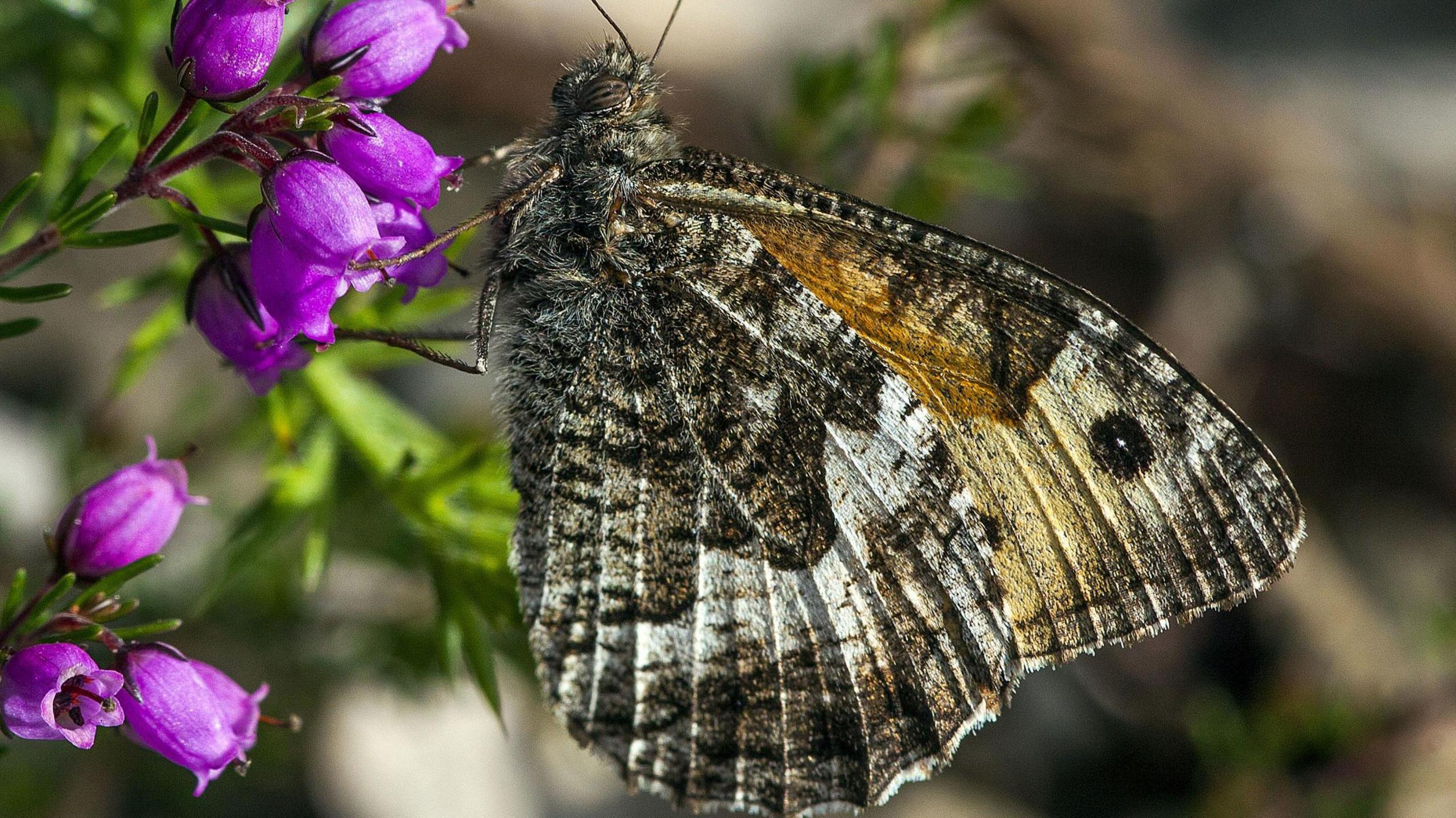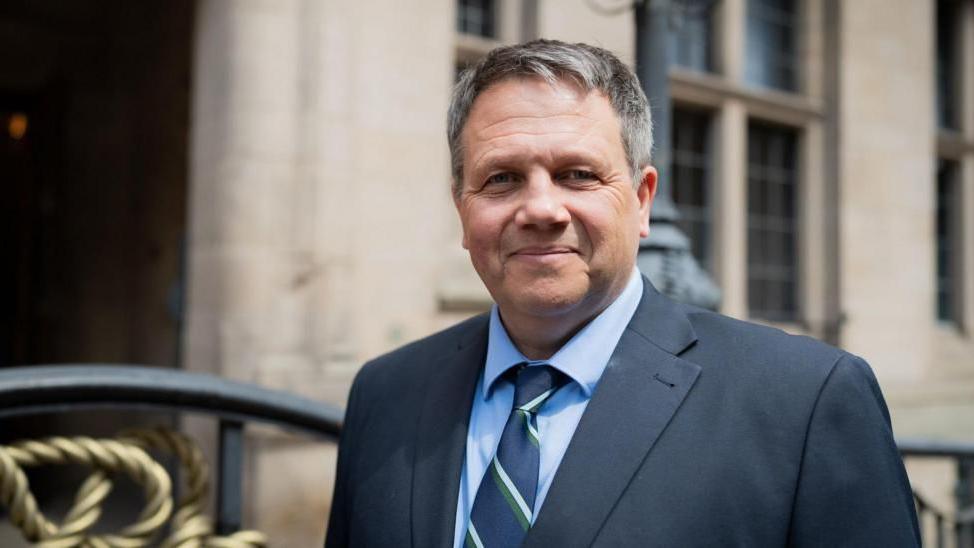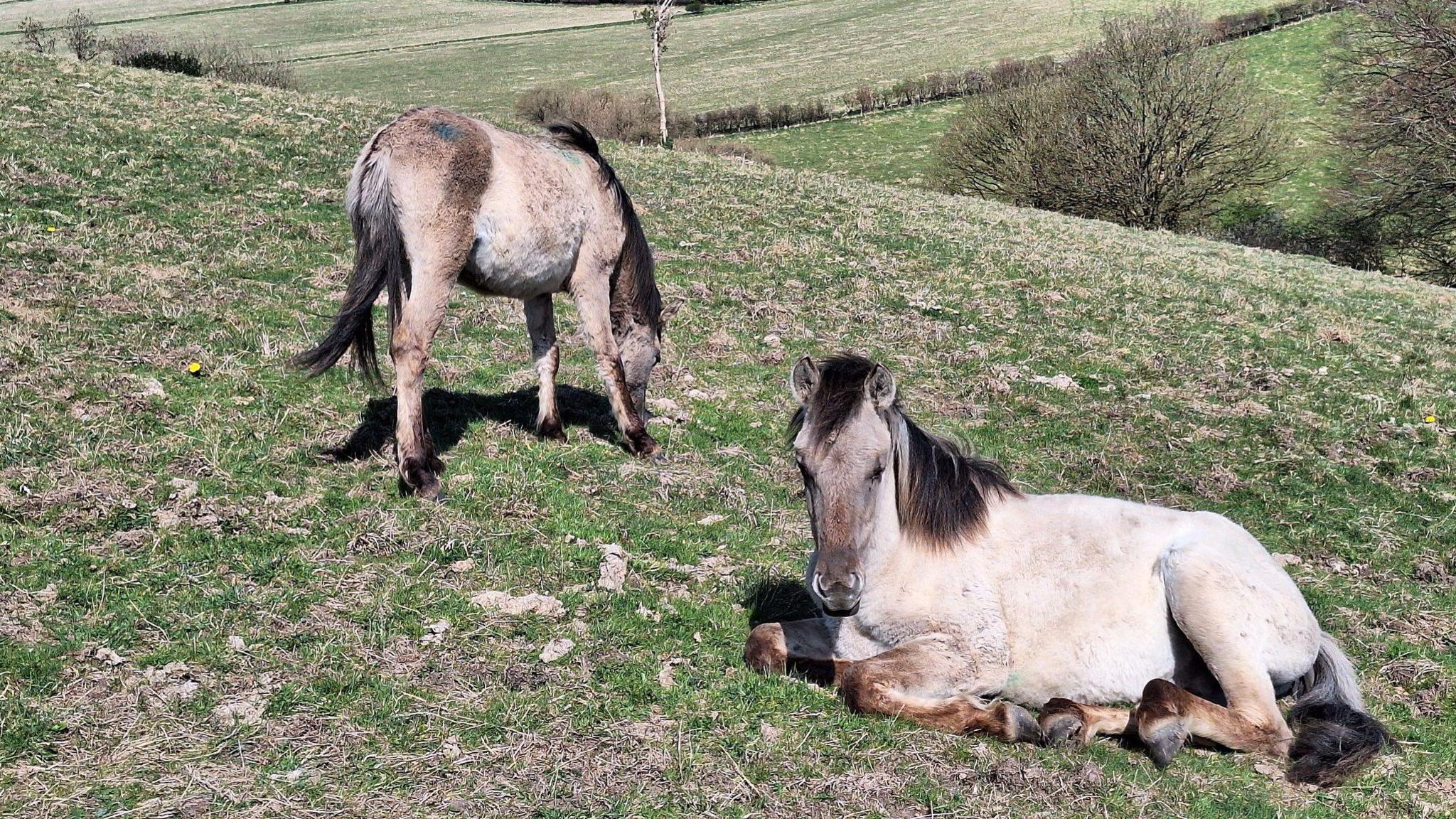Plan for nature 'to survive and thrive' unveiled

Actions that would protect and enhance nature have been outlined, West Midlands Combined Authority said
- Published
Plans to help green spaces, waterways and wildlife in the West Midlands "survive and thrive" have been unveiled.
More than 60 actions, including restoring wildlife habitats, improving rivers and canals, planting more trees and opening more urban green spaces, are outlined in a strategy developed by the combined authority.
Measures would "boost biodiversity, improve quality of life for the region's three million residents, help adapt to climate change, and create green jobs", it stated.
The authority has developed the strategy in partnership with local councils and environmental organisations, community groups, businesses, schools, colleges, universities, landowners, farmers and developers.
Mayor Richard Parker launched the plan on a visit to a restoration project on a section of the River Rea, at the edge of Birmingham city centre.
Birmingham and Black Country Wildlife Trust is working with the Environment Agency to re-naturalise the river, the authority said.
It added this would help prevent flooding and boost wildlife, with the longer-term aim of bringing the native brown trout fish back to the river.

Mayor Richard Parker (third from the left) was at the River Rea restoration project with Jake Williams of Birmingham and Black Country Wildlife Trust (BABCWT), Adam Noon from the Environment Agency, Dan Brown of BABCWT and Jackie Homan and Mike Webb from the West Midlands Combined Authority
The mayor has planned for up to £100m of private and public sector funding to be poured into hundreds of environmental projects.
The combined authority has already provided £1.6m to support more than 50 community-led environment schemes.
Collectively, it said, these have improved access to green space for more than 500,000 residents and restored 245,000 sqm of wildlife habitats - an area the size of 35 football pitches.
Parker said spaces like "Sutton Park, Saltwells Nature Reserve and Sandwell Valley are the heart and the lungs of our towns and cities".
"We must treasure all of our natural assets because they have the power to drive a more prosperous, healthier, and more attractive West Midlands," he said.
"This strategy will help ensure our natural spaces survive and thrive for generations to come."
Get in touch
Tell us which stories we should cover in Birmingham and the Black Country
Follow BBC Birmingham on BBC Sounds, Facebook, external, X, external and Instagram, external.
Related topics
- Published3 November

- Published20 October

- Published11 April
